
a stack of books sitting on top of a white desk next to a laptop computer
Tip 3: Use lighting to create depth. In the real world, objects have shadows — and your Procreate 3D rendering should too. Adding shadows and highlights can give your objects a more three-dimensional look. Tip 4: Practice, practice, practice. The more you work on your 3D rendering skills, the better you'll get.
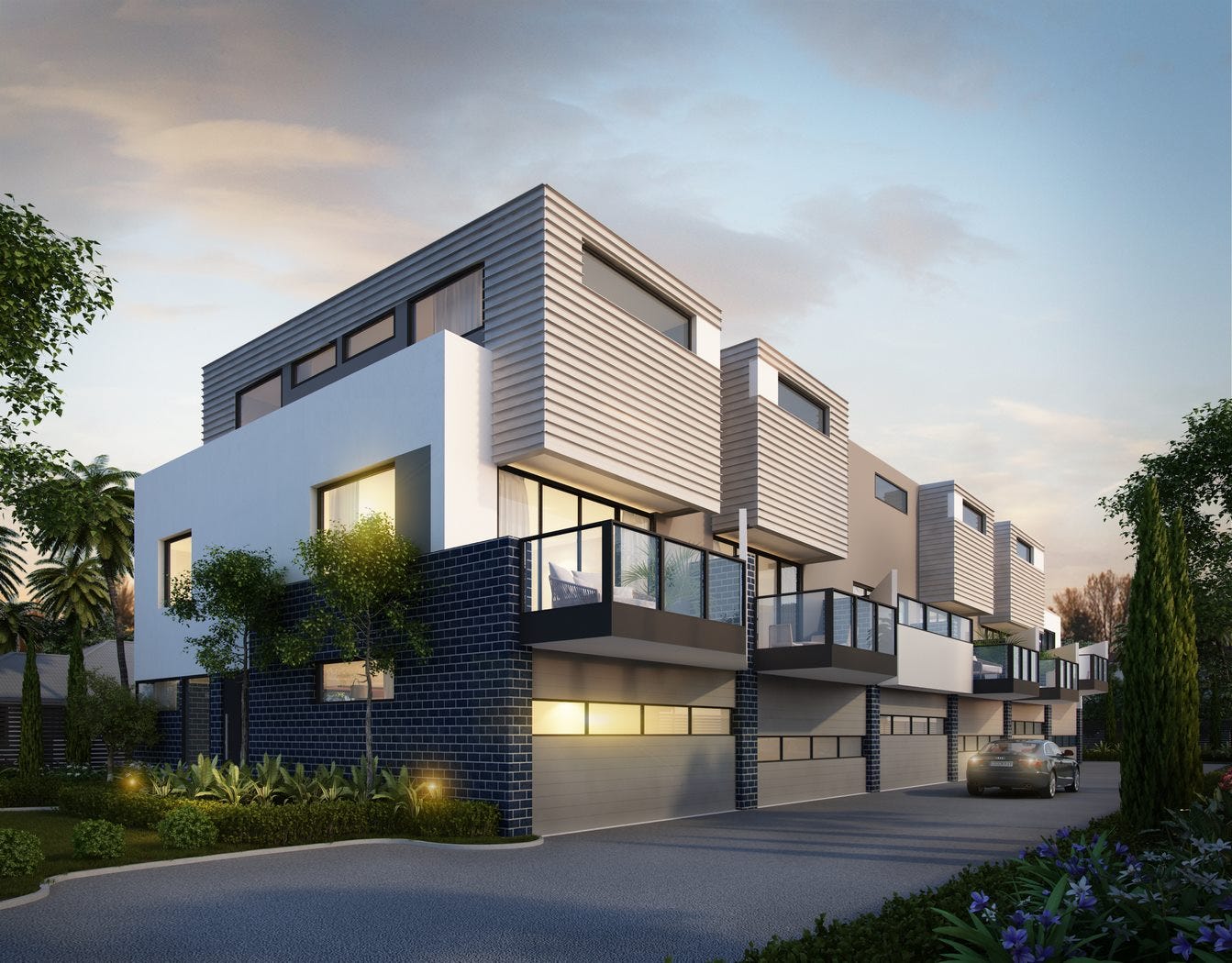
What is the process of 3d rendering?
3D rendering techniques are a set of processes and methods used to create a 3D image or animation from a 3D model. Rendering is an essential part of the 3D graphics pipeline and is used extensively in fields such as architecture, product design, film, video games, and virtual reality. 3D Rendering Techniques

LARGE ARTS 3D Rendering Architectural Visualisation
There are six main techniques for rendering 3D models. Real-time rendering. Interactive and gaming graphics are the most common products of real-time techniques in 3D rendering. Those images are processed from 3D data at high speed. It ensures that images are processed quickly enough for a video game to move at 60 or more frames per second.

Studiosv I will make high quality 3d models and renders for your project for 35 on
3D real-time rendering produces and analyzes images using graphics software, usually to create the illusion of motion from 20 to 120 frames per second. 3D post-processing rendering is done on a 3D render once it reaches a stage acceptable to the artist.
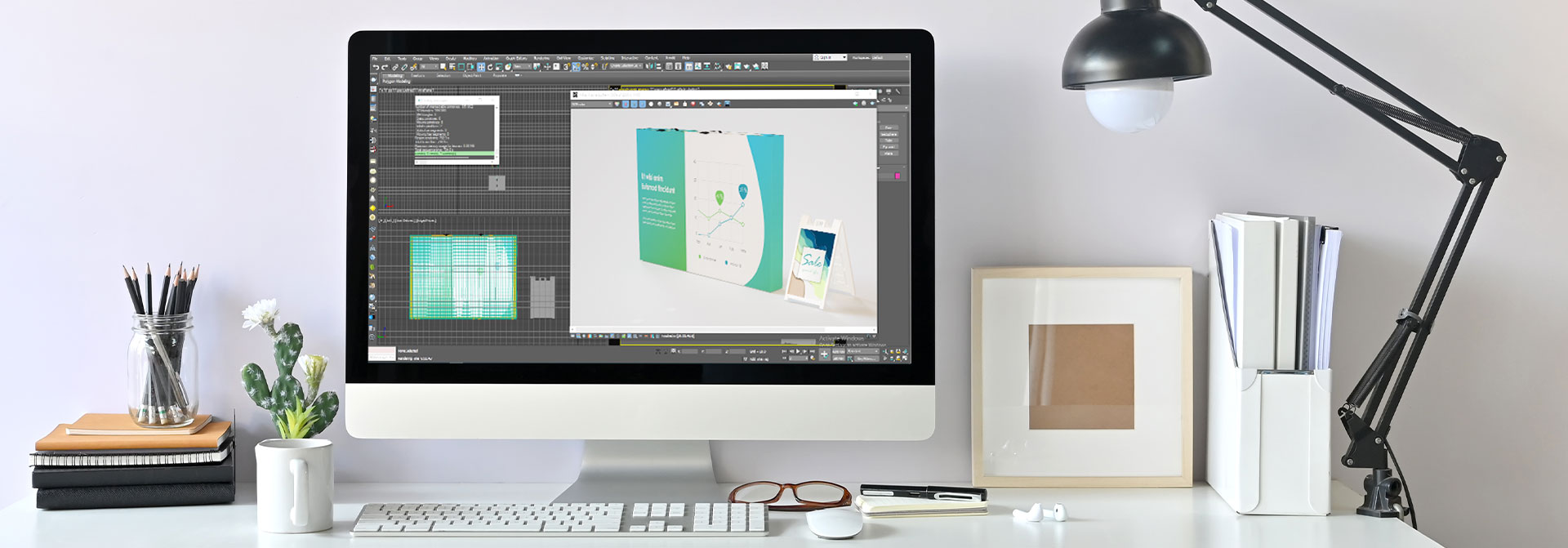
Comprehensive Guide on 3D Rendering Techniques and Tips for Experts Blog
3D rendering process usually takes a lot of time and could cause a severe headache, especially when you do not have much time left to complete a project. Although many 3D rendering techniques are available to make 3D modeling stand out and appealing, the time required is a challenge. Despite a wide array of rendering software solutions on the.

3D Rendering and Photo Realism 10 Best Practices and Tips
Part 1: 3D Game Rendering: Vertex Processing A Deeper Dive Into the World of 3D Graphics Part 2: 3D Game Rendering: Rasterization and Ray Tracing From 3D to Flat 2D, POV and Lighting.

3D Modeling vs 3D Rendering Differences & Similarities Foyr
3D rendering is a way of using three-dimensional data to make a photorealistic or non-photorealistic image. It is like taking a photo from the camera and adding in 3D effects. 3D rendering is a very effective and demanding tool in the architectural world, but it can also be stressful.
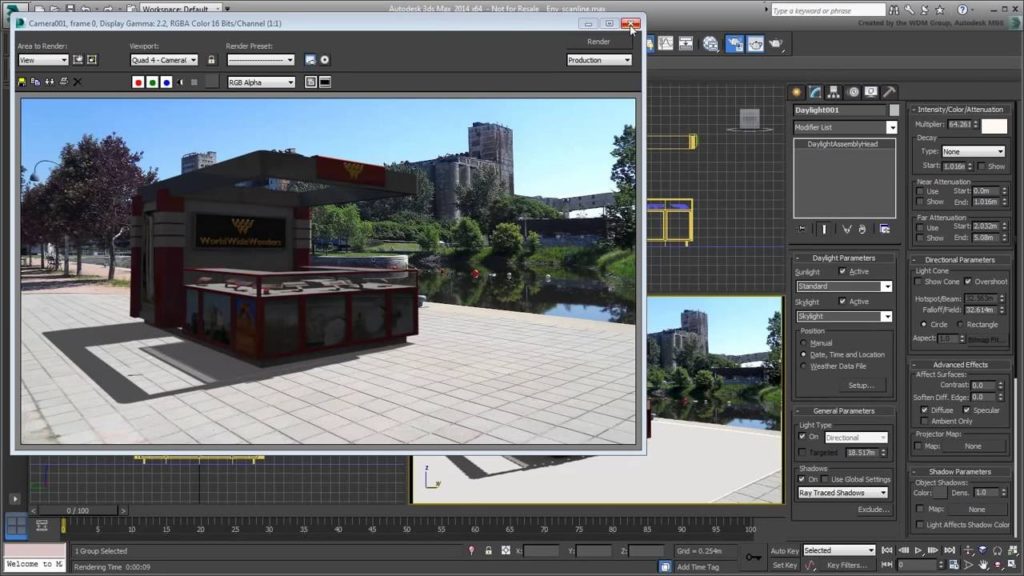
3D Rendering Techniques An Overview of Various Techniques Live Enhanced
Rendering Whichever 3D modeling or design program you choose to use, when the time comes to generate the final graphic output, the rendering process is one of the most important steps. The rendering engine that usually comes with most modeling software has a variety of different processes used to complete a scene.
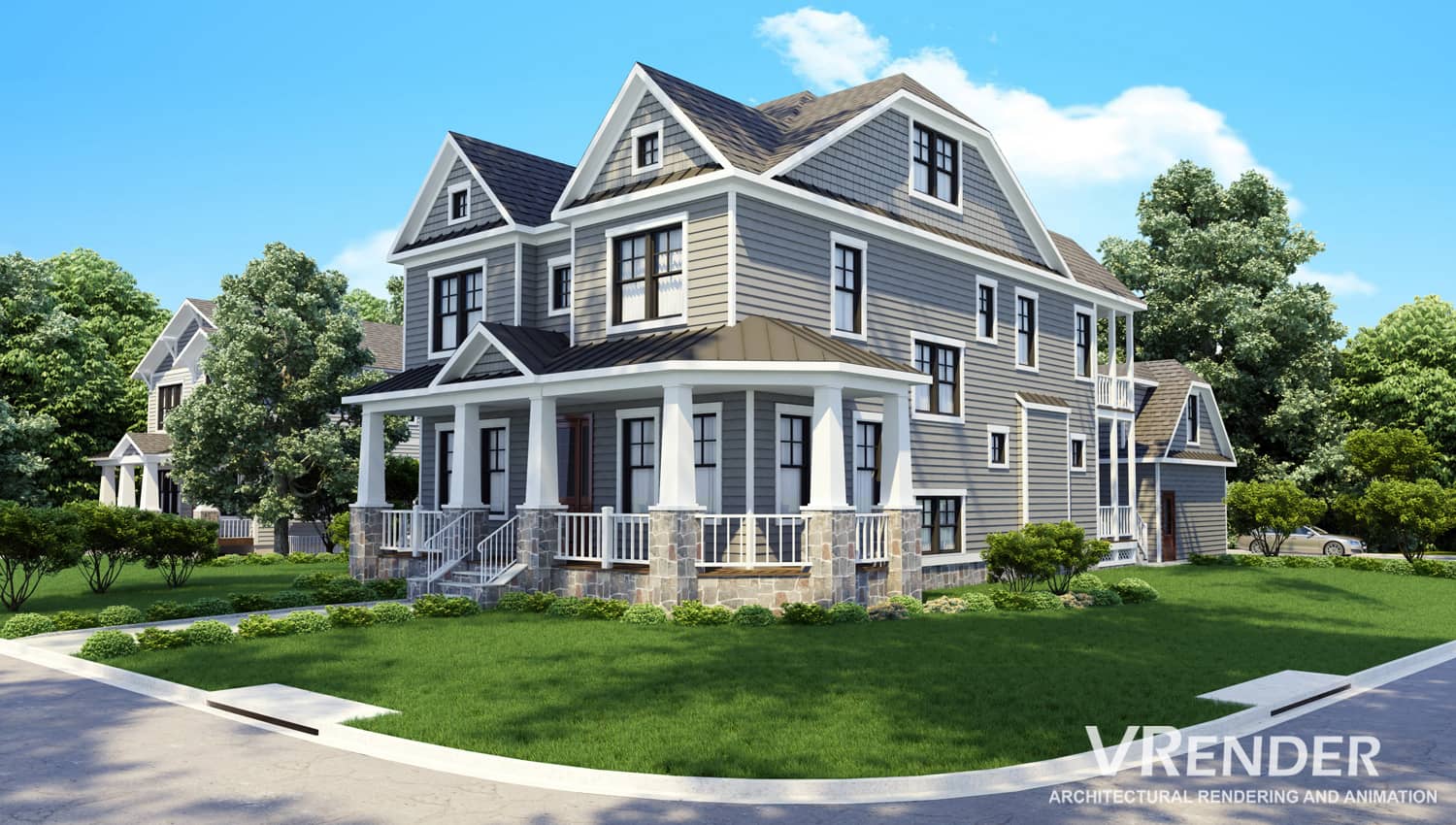
Realistic 3D Rendering Step by Step Process
A Rendering API (Application Programming Interface) is a set of functions, protocols, and tools that allows software applications to communicate and interact with graphics hardware to generate visual outputs such as images, animations, and 3D graphics.
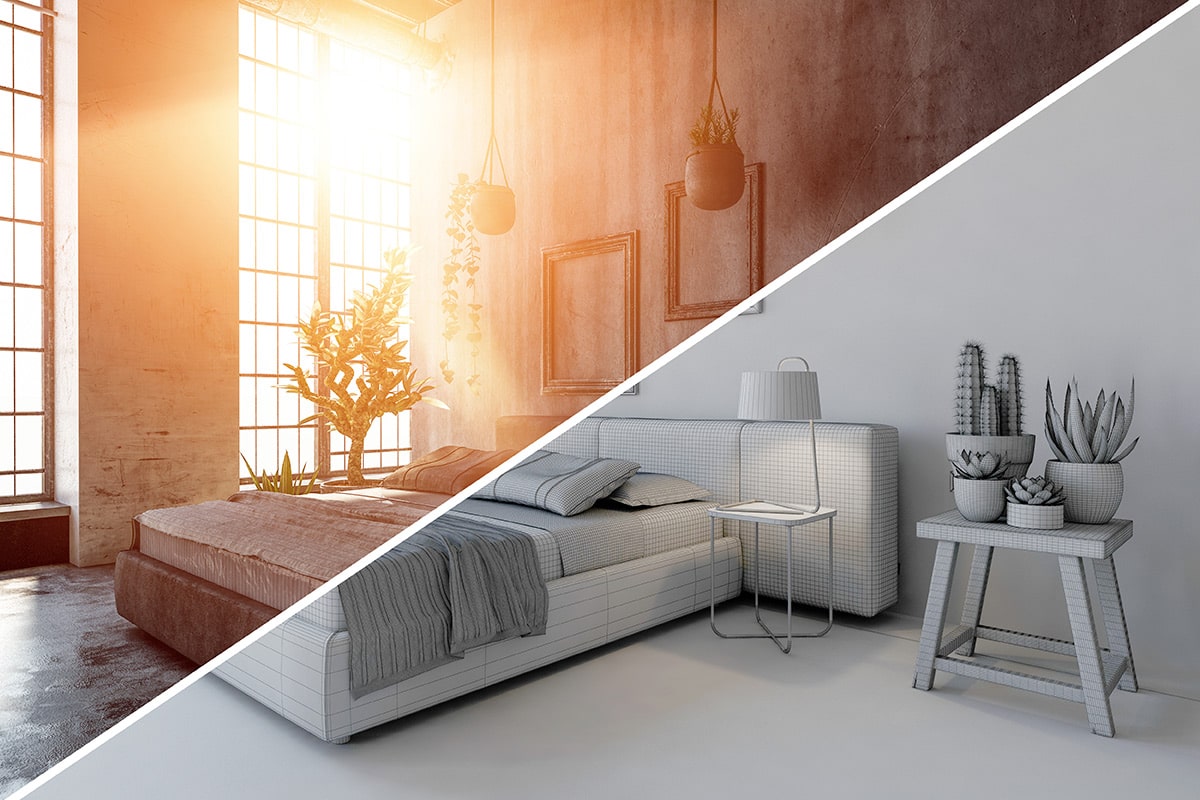
3D Rendering Techniques An Overview of Various Techniques Live Enhanced
Simply defined, 3D rendering is the process of generating a 2D picture from a three-dimensional digital scene using a computer. Specific techniques, as well as specialized software and gear, are utilized to create an image. As a result, we must recognize that 3D rendering is a process.
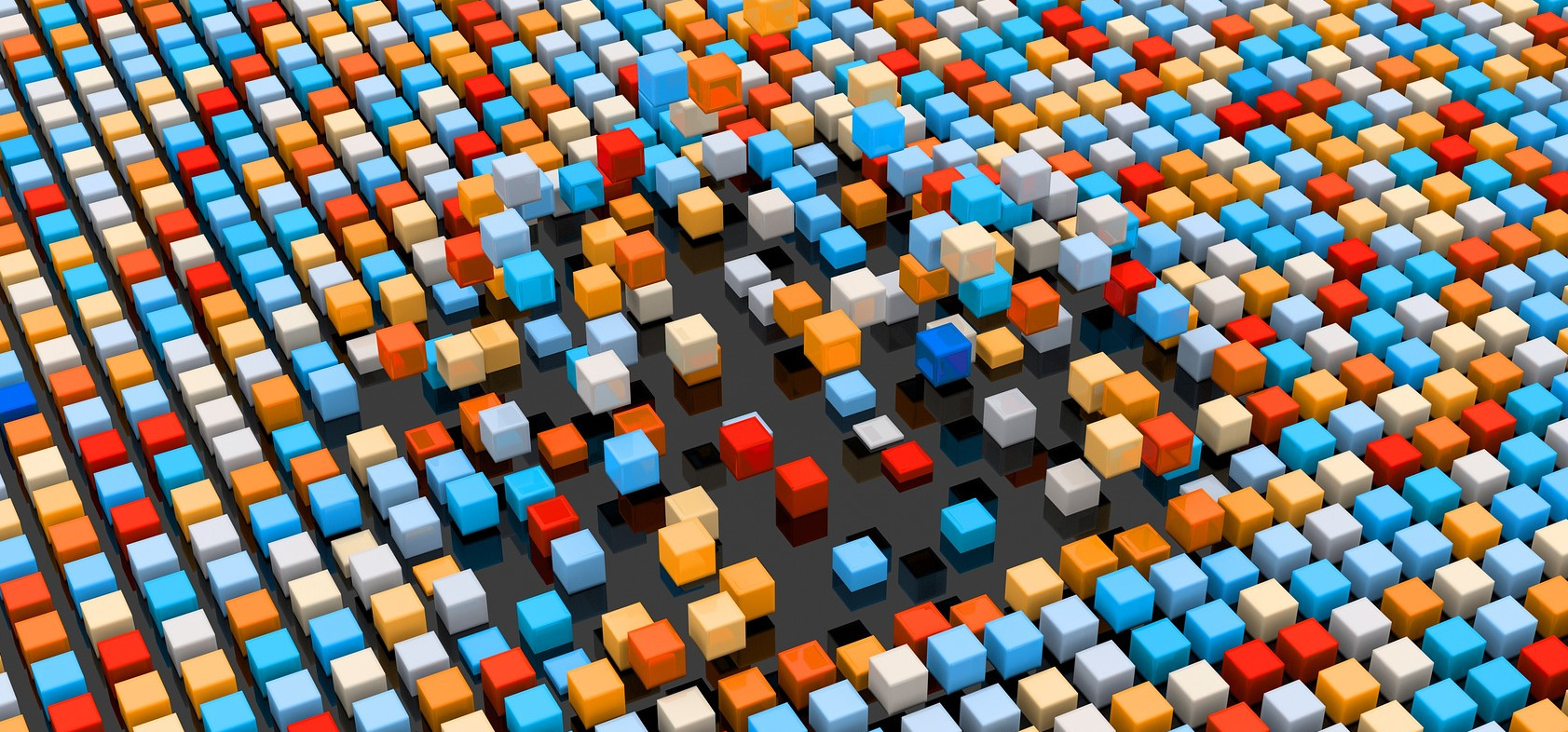
Beginners Guide Rendering Methods. VisCircle 3D configurator
3D rendering is the process of converting a 3D model into a 2D image or animation using specialized computer software whose purpose is to create a realistic representation of a 3D model. These renderings can then be used for multiple purposes, and can be applied in various fields such as architecture, film, video games, and product design.

3D rendering materials Rendering, Rendering techniques, 3d rendering
3D rendering is a wonderful blend of technicality with creativity and is a unique work of art. For the most popular and desirable Hollywood feature films, animated movies, video games, etc., - high-end 3D rendering is the key to their enormous success. Curious about the different 3D rendering techniques used in the industry? Give this blog a read!

3D Rendering Techniques Used By The 3D Artist Spot Works
3D rendering generates a 2D image from a digital three-dimensional model or scene. Using the 3D data and image, the goal is to create a lifelike, photorealistic image. The entire process can be done using 3D rendering software, which uses data from 3D models to create the render.

Rendering Styles Different Techniques and How to Achieve Them ArchDaily
Main Types Of 3D Rendering Techniques #1. Scanline #2. Z-Buffer #3. Texture/Bump Mapping #4. Ray Tracing #5. Ray Casting #6. Radiosity #7.

What is 3D Rendering? Understanding the 3D Visualization Process
The Main Types of Rendering Techniques Before embarking on a project, it is best to establish the main goals and conditions for the renders. You can also look at different 3D rendering techniques to choose one that best suits your needs. Scanline This method is one of the traditional rendering techniques.
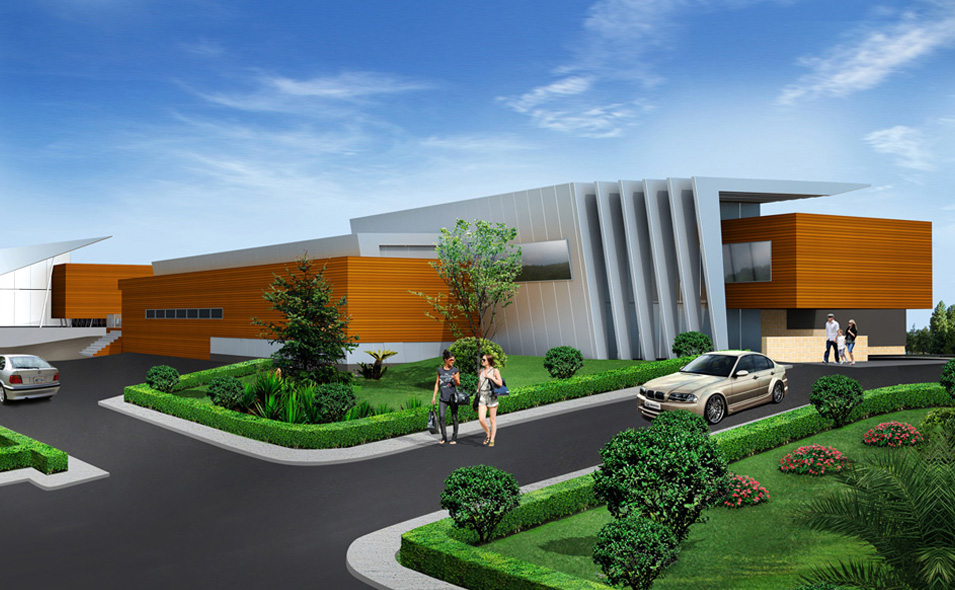
3D Architectural Rendering Types, Techniques and Advantages Veetildigital
Mastering the art of creating high-quality architectural renderings and any 3d renders in general is a complex and skillful endeavor that often requires years of experience and practice. Achieving photorealistic results requires careful consideration of numerous factors, and avoiding common mistakes that can lead to fake-looking renderings that lack authenticity.